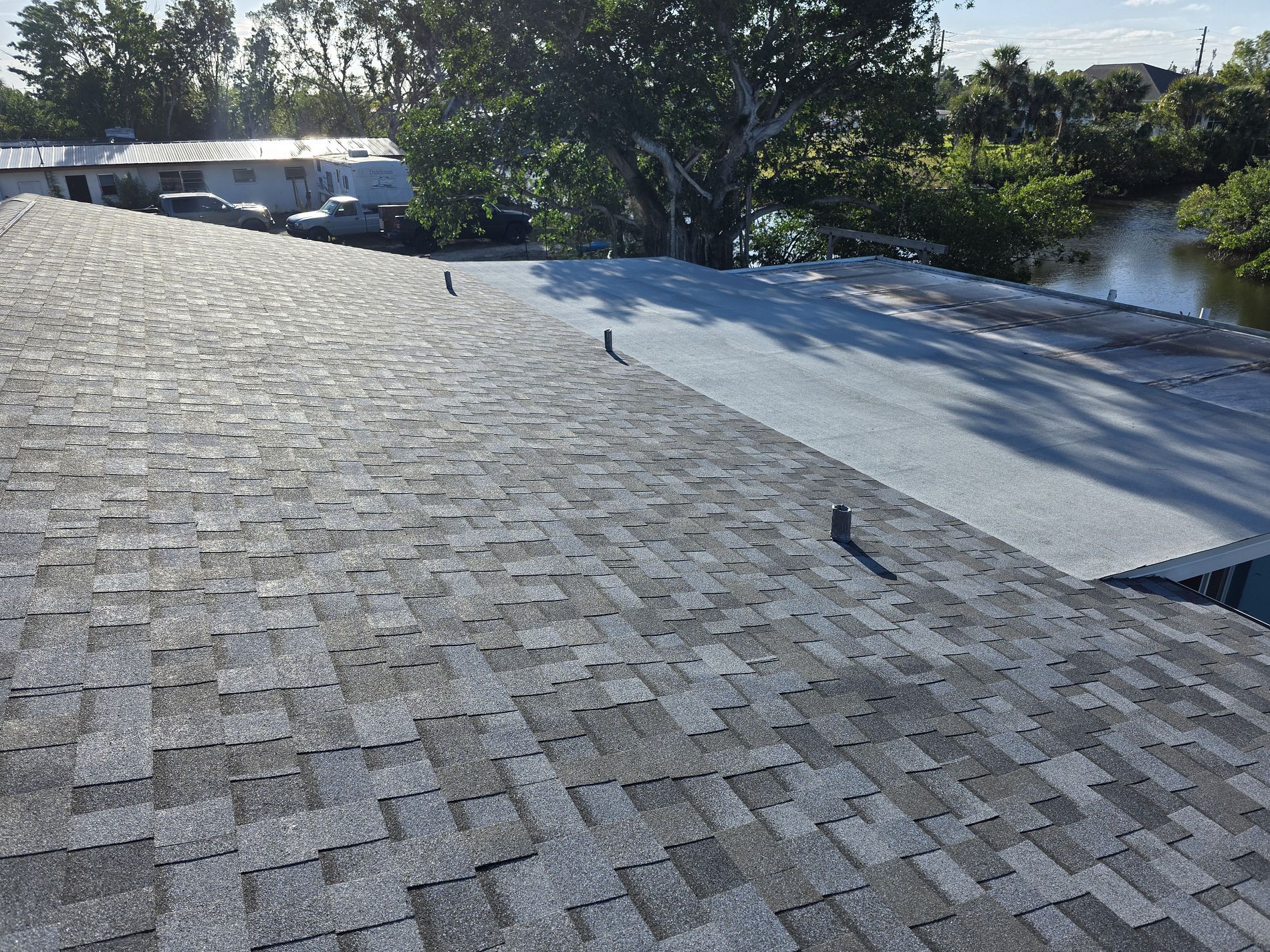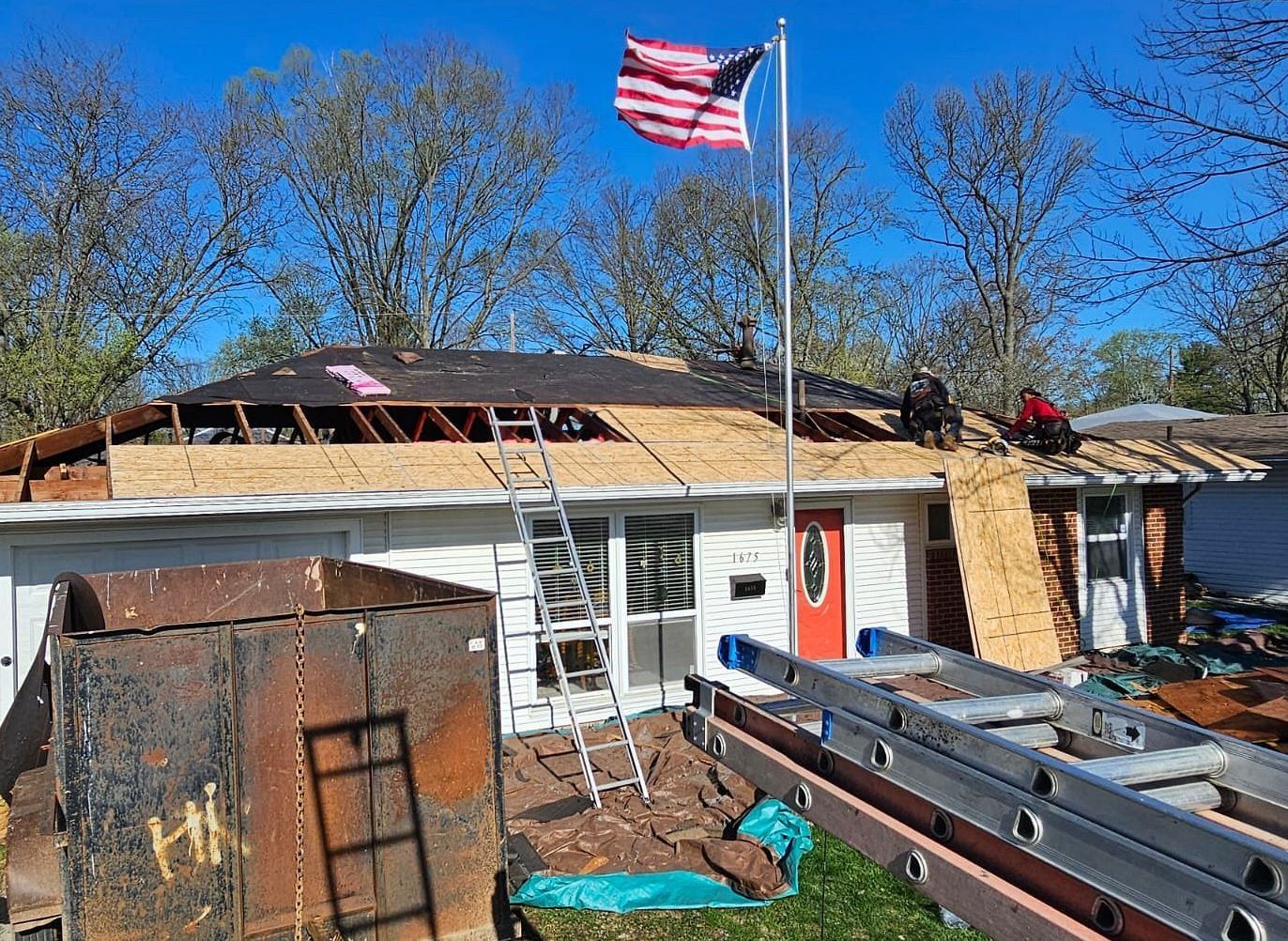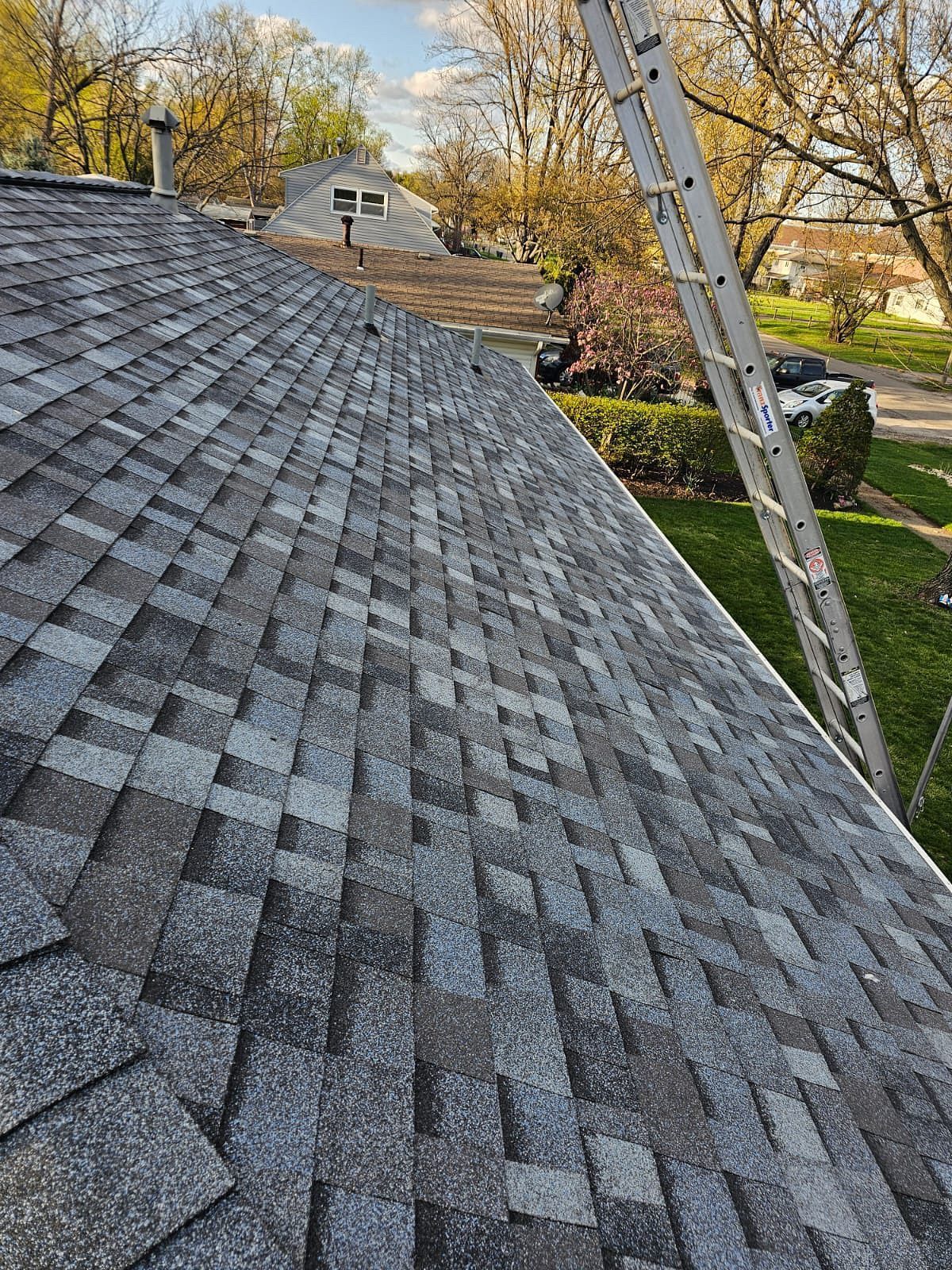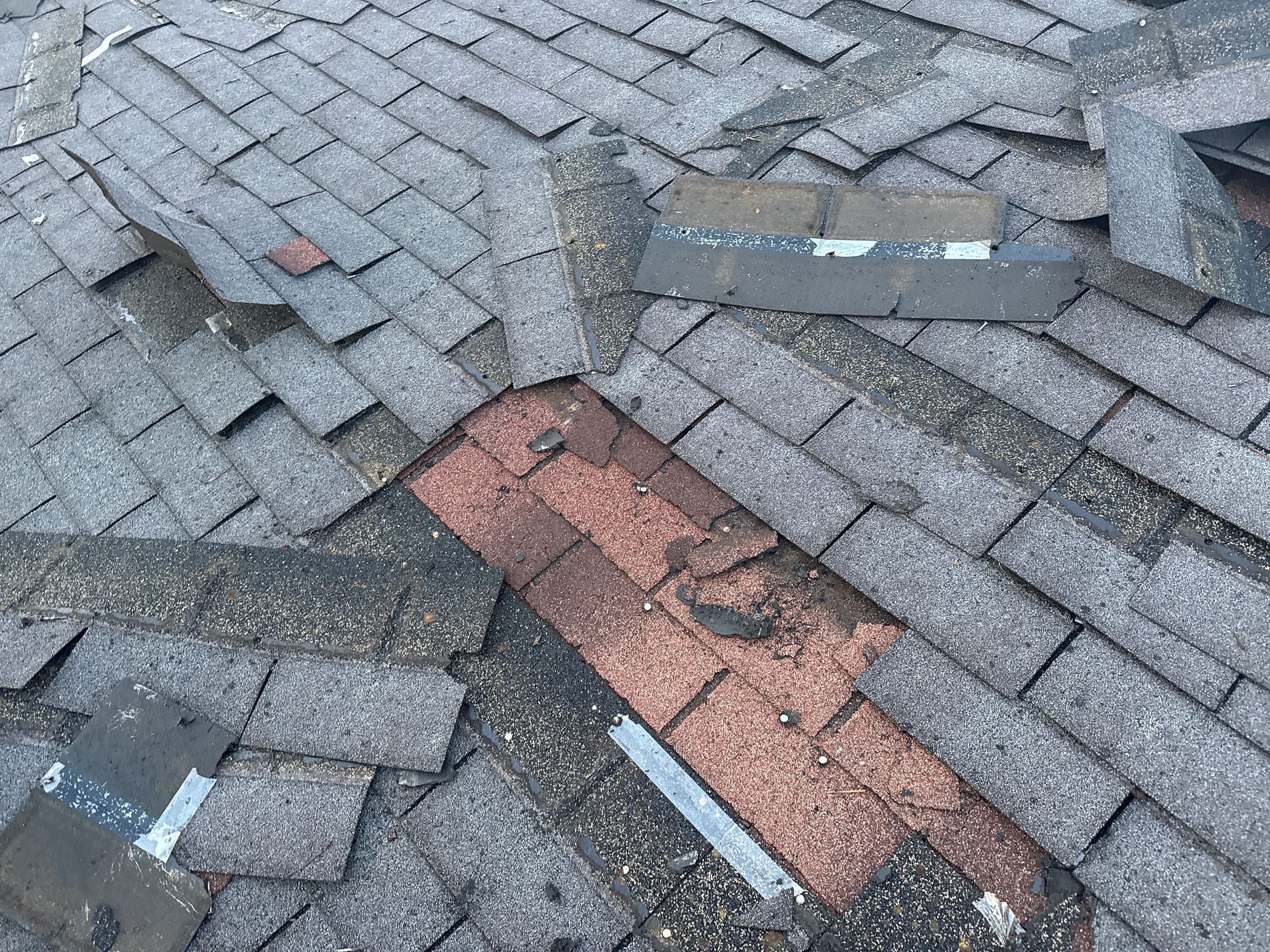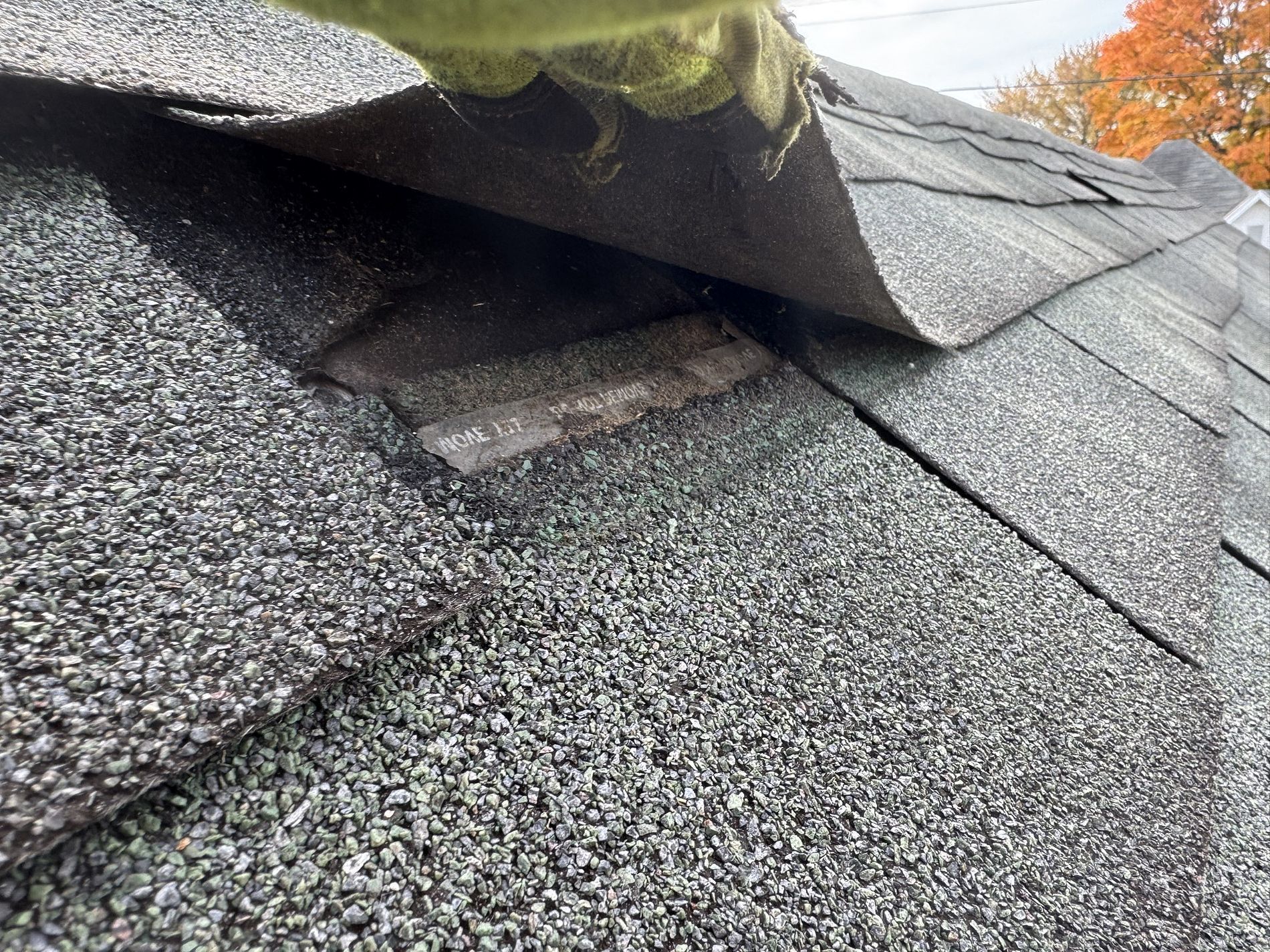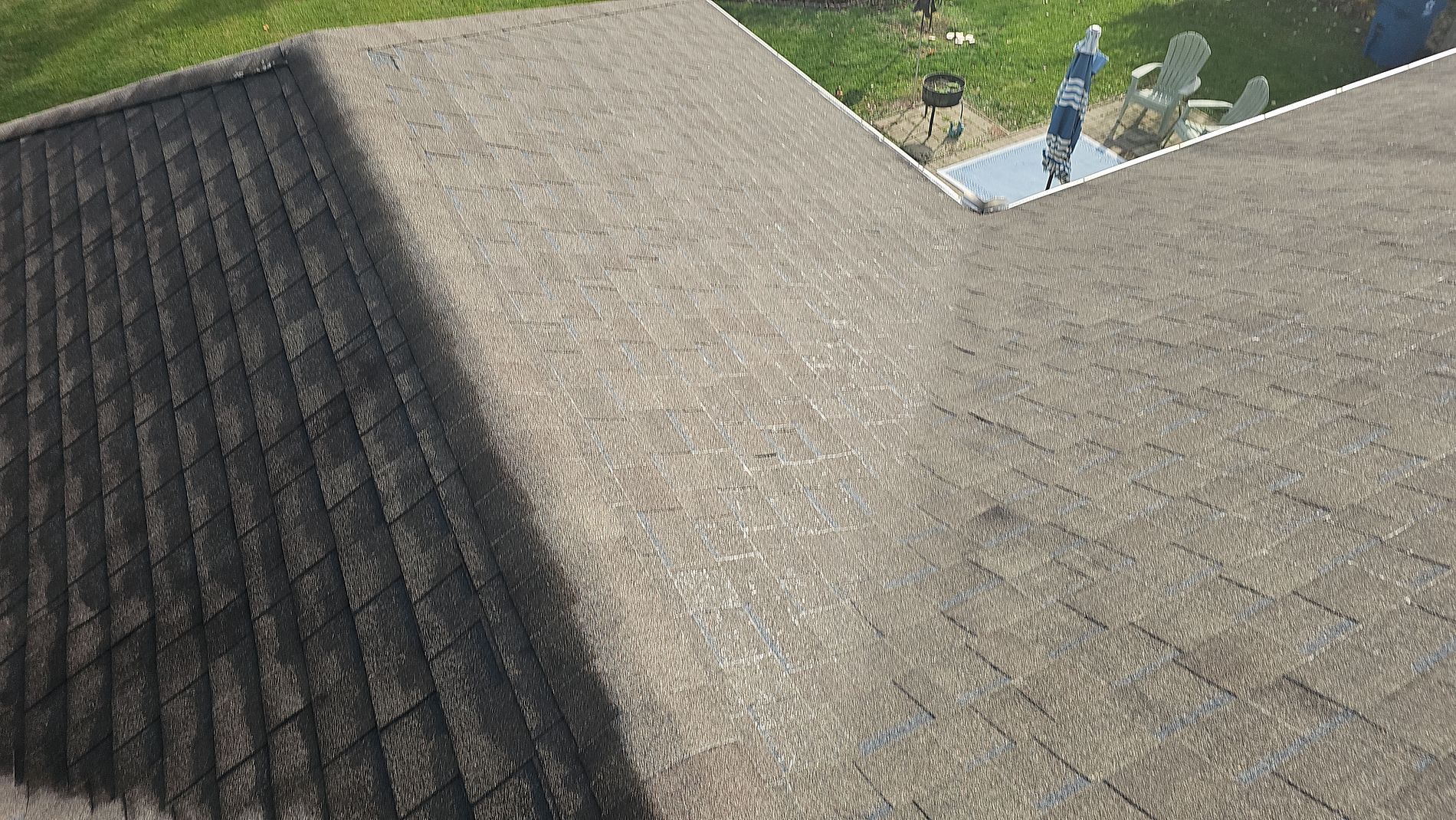What Is A Complete Roof Replacement? 5 Things to Know Before You Get One
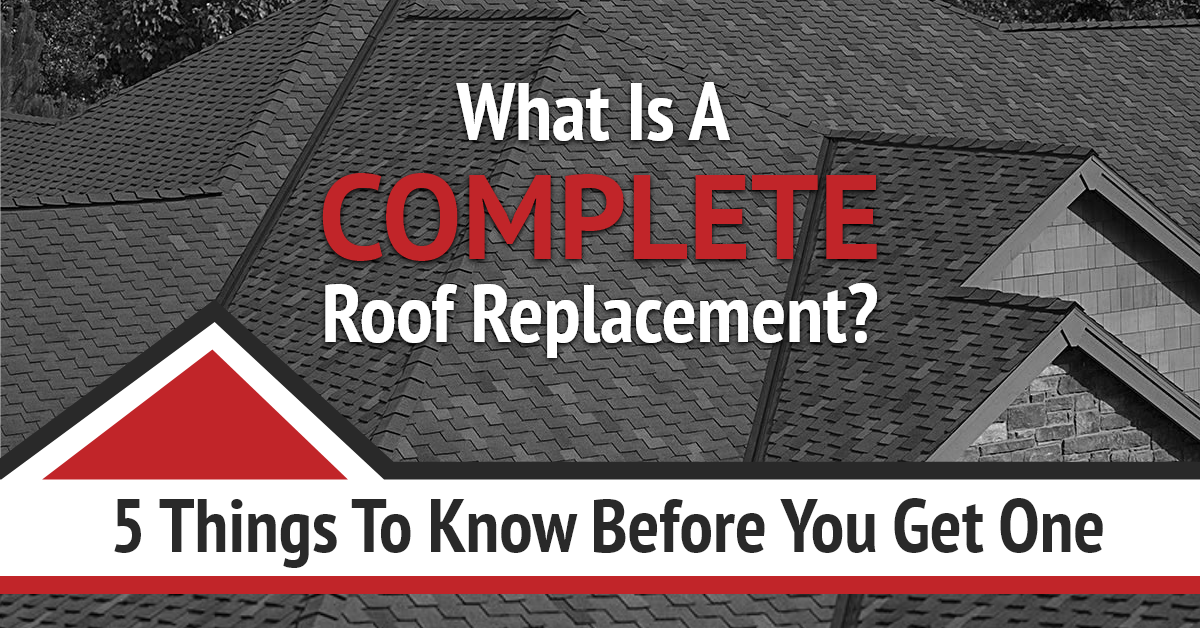
If you received the news that you need a roof replacement due to old age or severe damage, you’d likely have several questions about the process. Replacing a roof can be a huge and costly undertaking that involves a lot of decision-making. So, learning as much as possible about the process and best practices is important before starting it.
Here are 5 key things to know about getting a complete roof replacement.
1. The Materials That Make Up the Roofing System
There’s more to a roof than just the top covering you see from the street. Your roof comprises various roofing materials and components that make up a complete roof system. These include:
- Roof flashing
- Roof decking
- Pipe boots
- Shingles
- Drip ridge
- Roof vents
- Ice and water shield
- Underlayment
- Ridge capping
While you’re allowed to have two layers of shingles on your roof, removing the old layer of shingles and replacing the other components is usually a better idea. This allows any problem areas to be fixed before they’re covered up again. However, it’s essential to understand that not all components must be replaced. For instance, you don’t have to replace the roof decking if it’s in good condition. If it has minor damage, partial replacement may be necessary. To get the best material warranty available when replacing your roof system, use quality materials.
2. What the Roof Replacement Process Looks Like
The roof replacement process starts with delivering roofing materials to your home. Then, the roofing contractor will ensure that vehicles, furniture, and other items are moved out of the driveway or an area where they can be damaged. Once everything is cleared, the roofers will begin protecting your property. The crew will then start tearing off the old roofing materials. After the tear-off, the contractor will inspect what’s roof decking and framing. Depending on their condition, they may perform minor repairs to restore the new roof’s structural integrity.
Next, the roofer will put underlayment over the decking to prevent water infiltration. The metal drip edge is then at the edge of the roof to help protect underlying components from water damage. The new roofing material will be installed starting from the eaves and gradually moving toward the peak. The roofer will install flashing to leak-proof the chimney and areas around skylights, valleys, and vents. They will also install gable or ridge vents for proper attic ventilation.
With the new roof adequately installed, the contractor will clean up the mess and inspect your new roof to ensure the workmanship meets your expectations.
3. How Long Does a Roof Replacement Takes
The roof size largely determines the timeline of a roof replacement project. Roofs with more square footage and various heights and angles will require more time to replace. The condition of your roof will also determine the timeline. For instance, a roof with extensive structural damage underneath the roof covering will require additional repair work to restore its integrity and prepare it for new materials. The more work is needed, the longer the project can take.
Other factors that determine how long a roof replacement takes include:
- Weather conditions
- Size of the crew
- Type of roofing material
- Architectural details of your homes
- The ease with which the roofers can access your roof
While most roof replacements are completed in one to two days, ask your contractor for a timeline before scheduling your roofing project.
4. Focus on Quality
Roof replacement is one of the most expensive home improvement projects. Yes, you may not be financially prepared for such a costly project, but when it’s time to replace your roof, you don’t want any delays because of finances.
Also, it may be tempting to go with the cheapest roofing materials and work with a contractor with the lowest prices. Remember, though, you get what you pay for. When you choose cheap materials and labor, it will show in the finished quality of your roof, which may prove to be more expensive in the long with constant repairs and, eventually, a premature roof replacement. Invest in quality when replacing your roof to ensure excellent, long-lasting results.
5. How Much a New Roof Costs
When calculating the cost of your new roof, your contractor will consider several factors, including:
- The size, style, and complexity of your roof
- Old roof removal
- Type and quality of material you choose
- The other system materials and components
- Your roof’s accessibility
- The condition of your roof decking
- Labor costs
- Operating costs
- Dump fees
- Additional features such as vents, skylights, and chimneys.
A roof replacement is a considerable investment, so you want to make sure the job is done right the first time. Ask the roofing for a roof replacement estimate so you can have all the information you need about the cost of your new roof. A reasonable roof estimate should be detailed with a line item list of what will be done during the replacement.
Reliable Roof Replacement for Your Home
Trust Allstate Exteriors & Restoration for all your roofing services in Central Ohio and Cape Coral, FL. Our technicians will help you navigate the ins and outs of the roof replacement process to ensure you get the best roof for your needs. We use only the best roofing materials and install roofs with precision, delivering the curb appeal and performance you deserve. Contact us today for a free estimate.
